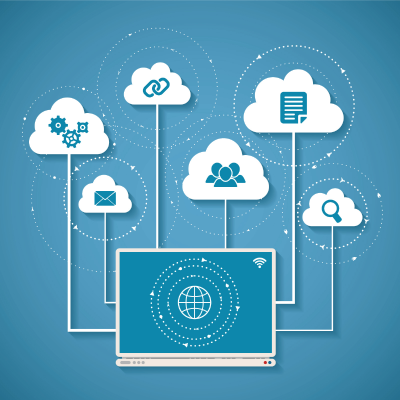Distributed Cloud: How it Affects Your Business

Cyber Security
September 2, 2021
Success by Design – Dynamics 365
October 11, 2021
Like the new hybrid working model created after the COVID-19 pandemic, the hybrid cloud model is being adopted by businesses. Gartner reveals that 70% of organisations using the cloud today plan to increase their cloud spending in the future. Companies are combining public and private cloud resources to meet their digital transformation needs.
Public and private clouds, however, have different provisioning models. This creates sub-optimal costs of ownership, security gaps, and latency issues. And deciding between hybrid, multi-cloud, and distributed cloud models is time-consuming and complex.
A distributed cloud architecture presents several benefits to businesses. It deals with latency and governance issues while reducing costs of ownership. Gartner predicts that by 2023 the major public cloud providers will have a distributed presence. It’s a model that enables greater performance, reliability, and security for businesses while retaining the operational and financial benefits of cloud computing.
A distributed cloud provides a public cloud infrastructure while offering the flexibility to deploy applications in a wide variety of contexts and locations.
Benefits of distributed cloud
There’s a notable shift happening in enterprise technology. The growth of technologies like artificial intelligence (AI) and the internet of things (IoT) creates an enormous need for data storage and processing. Consequently, businesses spread their data across multiple locations and data centres, on-premises, in the cloud, and edge sites. To deal with latency issues, businesses have deployed edge computing models where data is stored and analysed close to where it’s collected.
In addition, they’ve been implementing hybrid cloud offerings. This provides them with the advantage of deploying hardware and software across multiple zones and regions. But the governance and operation of this hybrid infrastructure remain the responsibility of the individual cloud providers. With businesses often using several providers, this nullifies the cloud computing promise of centralised control.<.p>
Distributed cloud is an evolution of public cloud, hybrid cloud, and edge computing. Public cloud resources are “distributed” across strategically placed “substations” closer to the point of need. These substations share computing, storage and networking power. This eliminates latency issues and the risk of network outages. It also transfers control of the infrastructure to businesses via a central control panel. And because substations remain the responsibility of public cloud providers, operational and financial efficiencies aren’t affected.
Benefits of distributed cloud include:
• Compliance with regulations that require data to be stored in a particular country or location.
• Less risk of network outages because cloud services can reside on subnets. This also increases the availability of locations where cloud services are hosted and consumed.
•High-performing and secure global connectivity.
The Bottom Line
The distributed cloud is an evolution of the hybrid cloud, multi-cloud, and edge computing models. It enables businesses to manage multiple components (apps, IoT devices) across various locations (data centres, multi-cloud, edge locations) as one logical unit. This means a common set of policies and rules for businesses, which enable them to comply with data privacy laws, increase productivity, and reduce costs.